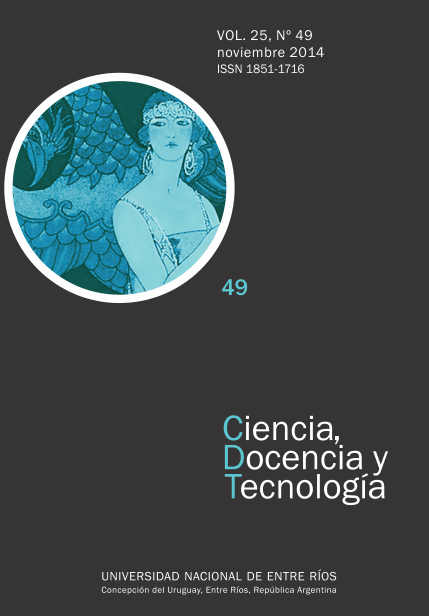Abstract
The rising importance of poultry production in Entre Ríos (Argentina) makes necessary a deeper knowledge of that industry. In this case, storage is a key factor in maintaining the quality of meat during the distribution chain. The aim of this study was to evaluate the effects of different storage conditions on quality parameters of poultry breast fillets, simulating marketing in the national and international market. Marinated and no marinated fillets were stored at refrigeration temperature for 4 days and at freezing temperature during 90 and 180 days; pH, tenderness, cooking loss and color were determined. The results indicate that tenderness and cooking loss are not modified by the storage conditions studied. Only higher pH and a* values were registered in fillets after 180 days at freezing storage.
The rising importance of poultry production in Entre Ríos (Argentina) makes necessary a deeper knowledge of that industry. In this case, storage is a key factor in maintaining the quality of meat during the distribution chain. The aim of this study was to evaluate the effects of different storage conditions on quality parameters of poultry breast fillets, simulating marketing in the national and international market. Marinated and no marinated fillets were stored at refrigeration temperature for 4 days and at freezing temperature during 90 and 180 days; pH, tenderness, cooking loss and color were determined. The results indicate that tenderness and cooking loss are not modified by the storage conditions studied. Only higher pH and a* values were registered in fillets after 180 days at freezing storage.
The rising importance of poultry production in Entre Ríos (Argentina) makes necessary a deeper knowledge of that industry. In this case, storage is a key factor in maintaining the quality of meat during the distribution chain. The aim of this study was to evaluate the effects of different storage conditions on quality parameters of poultry breast fillets, simulating marketing in the national and international market. Marinated and no marinated fillets were stored at refrigeration temperature for 4 days and at freezing temperature during 90 and 180 days; pH, tenderness, cooking loss and color were determined. The results indicate that tenderness and cooking loss are not modified by the storage conditions studied. Only higher pH and a* values were registered in fillets after 180 days at freezing storage.
The rising importance of poultry production in Entre Ríos (Argentina) makes necessary a deeper knowledge of that industry. In this case, storage is a key factor in maintaining the quality of meat during the distribution chain. The aim of this study was to evaluate the effects of different storage conditions on quality parameters of poultry breast fillets, simulating marketing in the national and international market. Marinated and no marinated fillets were stored at refrigeration temperature for 4 days and at freezing temperature during 90 and 180 days; pH, tenderness, cooking loss and color were determined. The results indicate that tenderness and cooking loss are not modified by the storage conditions studied. Only higher pH and a* values were registered in fillets after 180 days at freezing storage.
The authors retain the copyright and grant the journal the right to be the first publication of the work, as well as licensing it under a Creative Commons Attribution License that allows others to share the work with an acknowledgment of the authorship of the work and publication initial in this magazine. All content is published under the Creative Commons 4.0 international license: Attribution-Non-Commercial-Share Alike.

